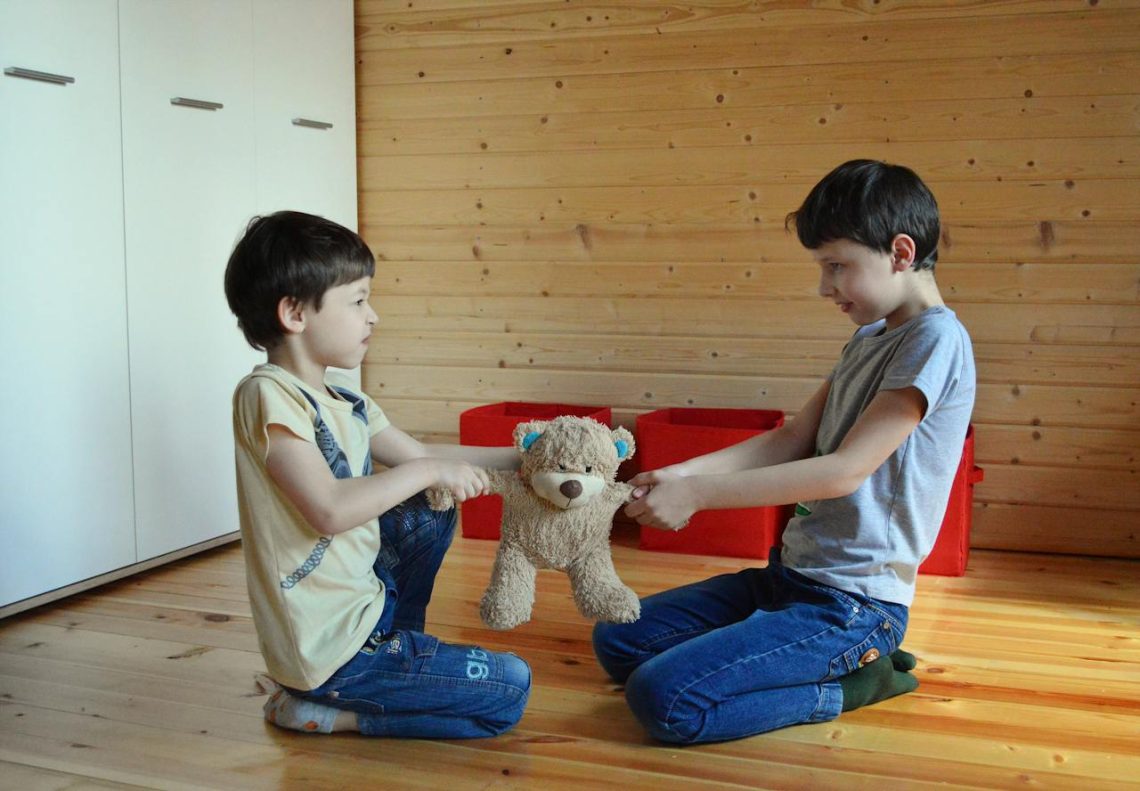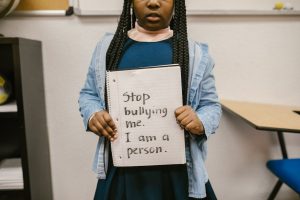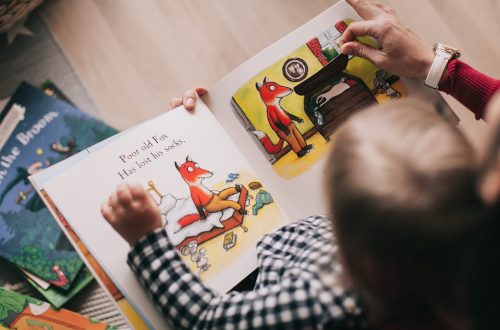
Fighting Rules for Kids: Helping Children to Navigate Conflict
Fighting Rules for Kids: Helping Children to Navigate Conflict
As parents and caregivers, we want to ensure that our children grow up with the skills they need to navigate conflict with compassion and poise. Teaching children about fighting rules for kids can be a crucial step in fostering a peaceful and understanding environment for everyone. With essential guidelines in place, children can learn to resolve conflicts without physical violence, listen actively, and show respect to peers.

By instilling these essential values at a young age, we can positively influence the way children interact with the world around them. As we explore why teaching fighting rules to kids is important, we’ll uncover strategies for nurturing compassionate and empathetic approaches to conflict resolution. Whether at home, in school, or among peers, these lessons can create a safer and more harmonious environment for children to grow and thrive.
Why Teaching Fighting Rules to Kids is Important
Teaching fighting rules to kids is crucial in their development of conflict resolution skills. By learning how to handle disagreements and physical altercations with poise, kids not only cultivate a sense of self-control but also create a safer and more harmonious environment for everyone involved. It also promotes empathy and understanding, allowing them to see situations from different perspectives and make more informed decisions. In short, teaching fighting rules is vital to help kids navigate conflicts now and in the future.
Essential Fighting Rules for Kids to Learn
Teaching kids essential fighting rules is crucial in building their conflict resolution skills. One of the most important things kids should learn is to use words instead of physical violence. Encourage them to express their feelings using “I” statements instead of attacking the other person personally.
Active listening is also key to resolving conflicts peacefully. Teach the kids to listen attentively, without interrupting the other person. Let them know that they should try to understand the other person’s point of view even if they don’t agree with it.
Treating others with respect is another vital principle. Encourage kids to refrain from using disrespectful language and to approach each other with kindness and empathy. Finding win-win solutions is also an excellent way to solve conflicts. By finding common ground, both parties can feel like they’ve achieved something without compromising their needs or interests.
It’s also important to teach kids that there are times when they may need adult help to resolve a conflict. Encourage them to seek help when they feel overwhelmed or unsafe and show them that it’s okay to ask for assistance.
1. Using Words Instead of Violence
Show kids that using words is a more effective way of handling conflicts than using their fists or harmful words. Teach them that attacking the person rather than the issue only makes it worse, and encourage them to express their feelings assertively but respectfully.
2. Active Listening
Teach kids to listen actively, without judgment or interruption. Model good listening skills and let them know that understanding the other person’s perspective is essential in resolving conflicts peacefully.
3. Treating Others with Respect
Encourage kids to treat others with respect, even when they disagree. Teach them the value of empathy and kindness and show them that respecting others’ boundaries and feelings is crucial in any conflict resolution process.
4. The Importance of Teaching Compassion and Empathy
Empathy and compassion are vital skills in conflict resolution and are crucial for creating harmonious relationships. By teaching empathy and compassion, children can learn to understand different perspectives, communicate more effectively, and develop stronger relationships built on mutual respect.
Nurturing Peaceful and Understanding Environments for Kids
As parents and caregivers, it’s our responsibility to provide children with a safe and supportive environment where they can learn and grow. When it comes to conflict resolution, creating a peaceful and understanding environment is crucial. By doing so, we encourage children to express themselves without fear of judgment or rejection, and we teach them to respect the thoughts and feelings of others.
One way to nurture a peaceful environment is by modeling positive behavior. Children are incredibly observant, and they often learn by example. If we want to teach them to resolve conflicts peacefully, we need to practice what we preach. This means avoiding shouting matches or resorting to physical violence and instead modeling healthy communication and active listening.
Another way to promote understanding is by promoting open communication. Encourage children to express their emotions, share their perspectives, and listen actively to others. When they feel heard and valued, they’re more likely to be receptive to other points of view and willing to find common ground.
Finally, creating a safe space is crucial for nurturing peaceful and understanding environments. When children feel comfortable in their surroundings, they’re more likely to engage in constructive conflict resolution. This may involve setting boundaries, establishing ground rules, and providing them with a sense of security and support.
By nurturing peaceful and understanding environments for kids, we create a foundation for mutual respect and compassion. As they grow and develop, they’ll carry these values with them and pass them on to future generations, creating a more harmonious world for all.




